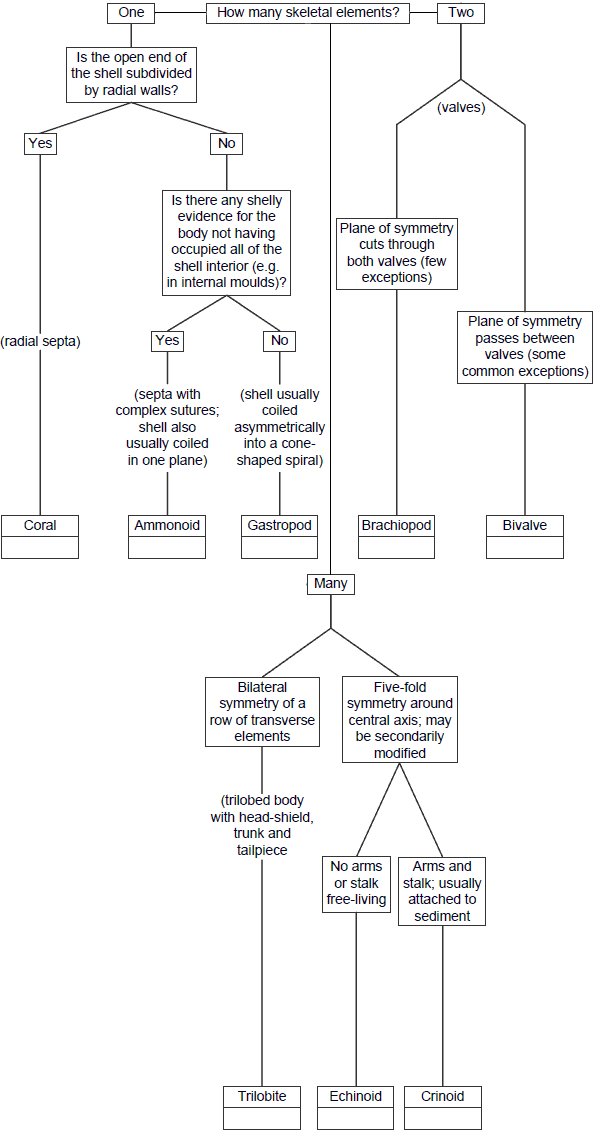This is one of the new specializations in Geoscience in which academics study the history of the Earth (or other planets 🙂 ) using fossil records. This is such a large field, it is further broken down into several other specializations such as Paleobotany (plants records), Paleobiochemistry (organic chem) and so on. This diversification has allow scientists from wide range of backgrounds to study the history of Earth. I am going to narrow this article down to Geologists perspective on paleobiology because I am a Geology student myself.
Geologists should study Biology
All scientists are like detectives. Some of us will try to create something for the future or solve problems at hand (For example, Petroleum Geologists) and some of us will try to understand the past in order to improve on how we solve problems. Paleobiology is the later in which we will use the historical records to study the Geological processes in the past and present. Geologists who have some form of education in Biology will most likely find this specialization intriguing. To me this is a good example why I think all three major sciences, Biology, Chemistry and Physics are useful in all flavors of science and engineering.
What do we do?
As mention above, we are interested in historical records preferably well-preserved in the rock and sedimentary record. Most of you heard about dinosaurs from popular media. That is paleobiology! You may argue that it is probably obvious when a Geologist come across a dino bone in the sedimentary record. The is far from the truth because we have to use deductive reasoning in order to arrive at that conclusion. If you talk to anyone who is in the “fossils hunting” field, they will tell you that numerous observations often result in may be one or two identifications of new fossils. Scientifically speaking those Jurassic Park movies are insults to the paleobiology.
One of my professors told me that Geologists love diagrams. Well, he is right and for those who are just getting into this area, flow charts are your friends. Even well experienced Geologists and Paleobiologists use charts to narrow down their observations to a single group, family and ultimately a single type of fossil.

Sometimes it is hard to identify fossils. You could even entirely miss them in the field. It takes a lot of experience and practice in order to find and classify fossils. What makes Geological Paleobiologists unique is that their ability to connect the dots between ancient life and the condition of Earth. The Earth has evolved millions of years and life forms have adopted to varying geological and environmental conditions.

Typically a Geologist who is an expert of Paleobiology specialization not only record the information of fossils, but also the sediments, rocks and the formation of the location. We identify important events based on appearance or disappearance of certain fossils and geological materials. This information then analyzed together to hypothesize the history of Earth. The data collected used in various areas from academia, environmental science to oil and gas industry.
So, kids… You may hate the class because there are so many items to be memorized. But it is not simply memorizing because one day you will use the knowledge in the field for great work. No matter what, the ability work with real physical samples comes with experience.
References
1. Geological Field Techniques; Coe, A; Argles, T; Rothery, D; Spicer R.; ISBN-978-1-4443-3061-8
One thought on “Introduction to Paleobiology”
Comments are closed.